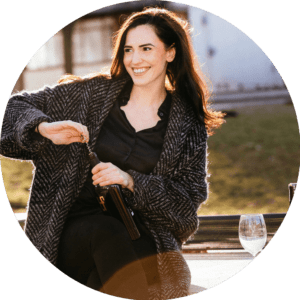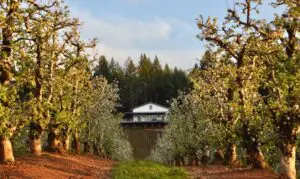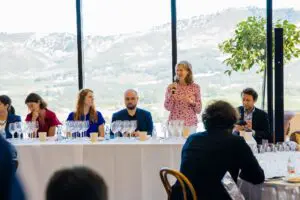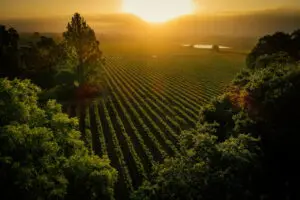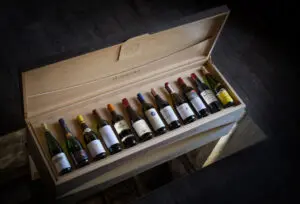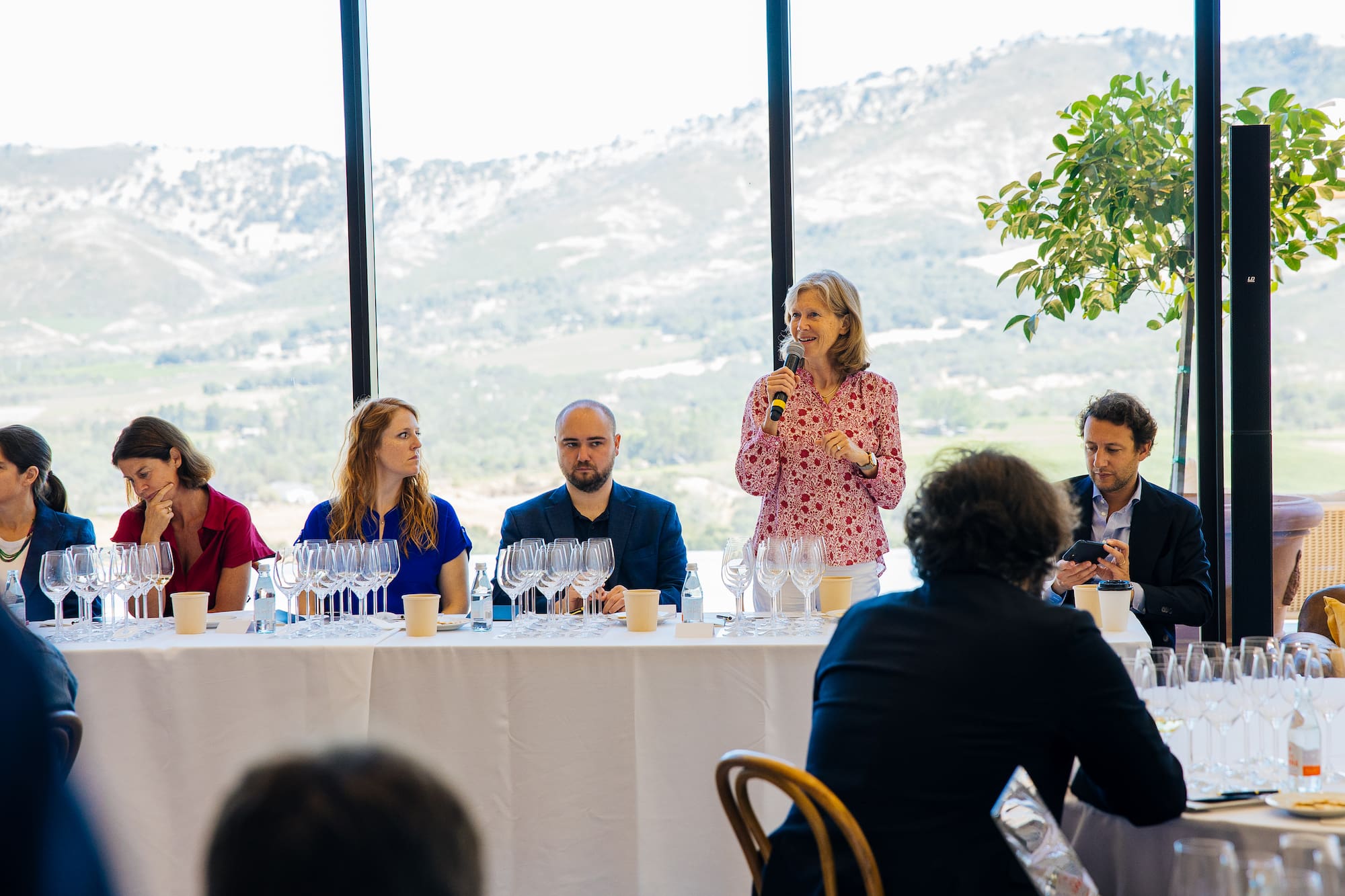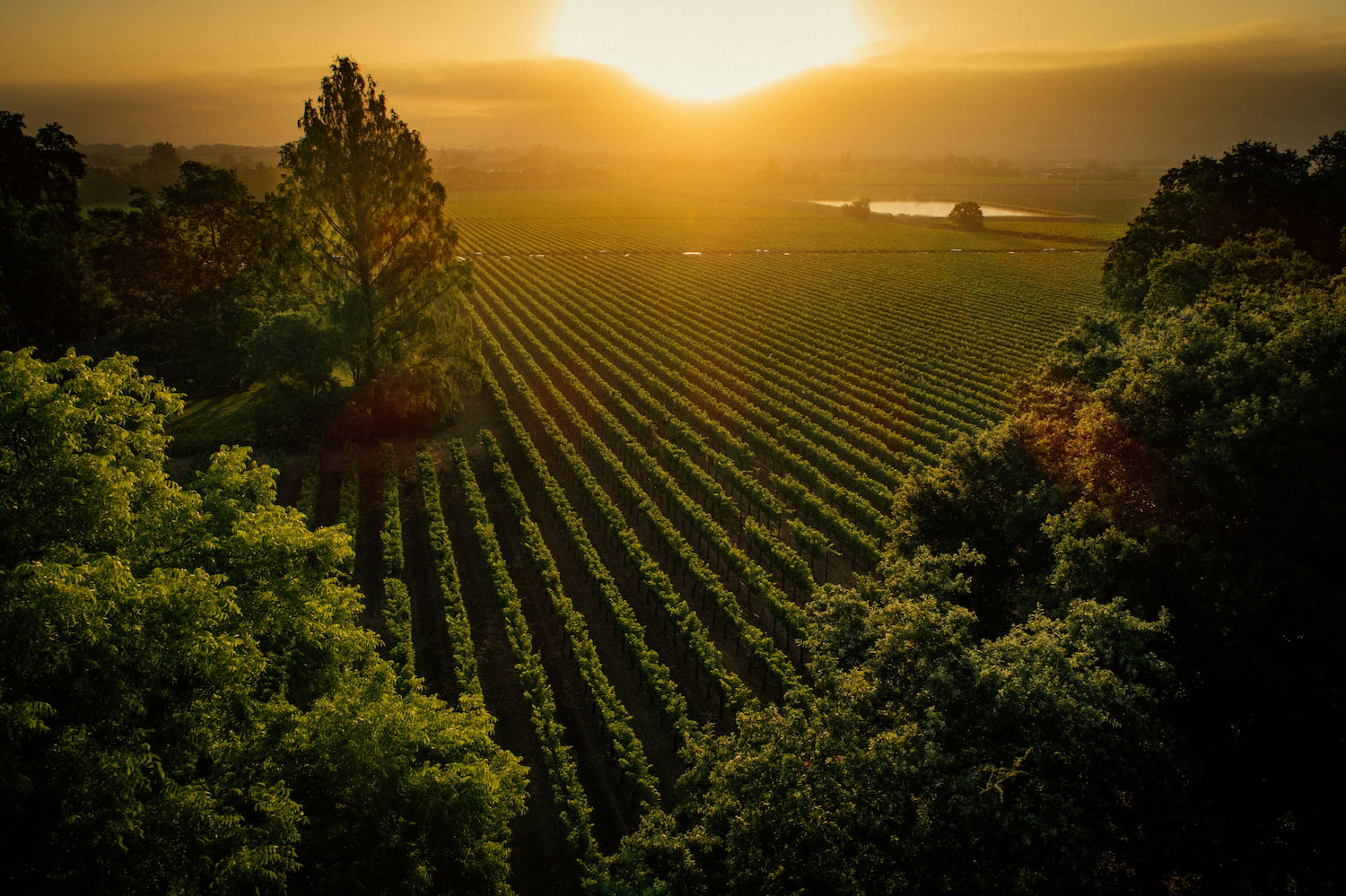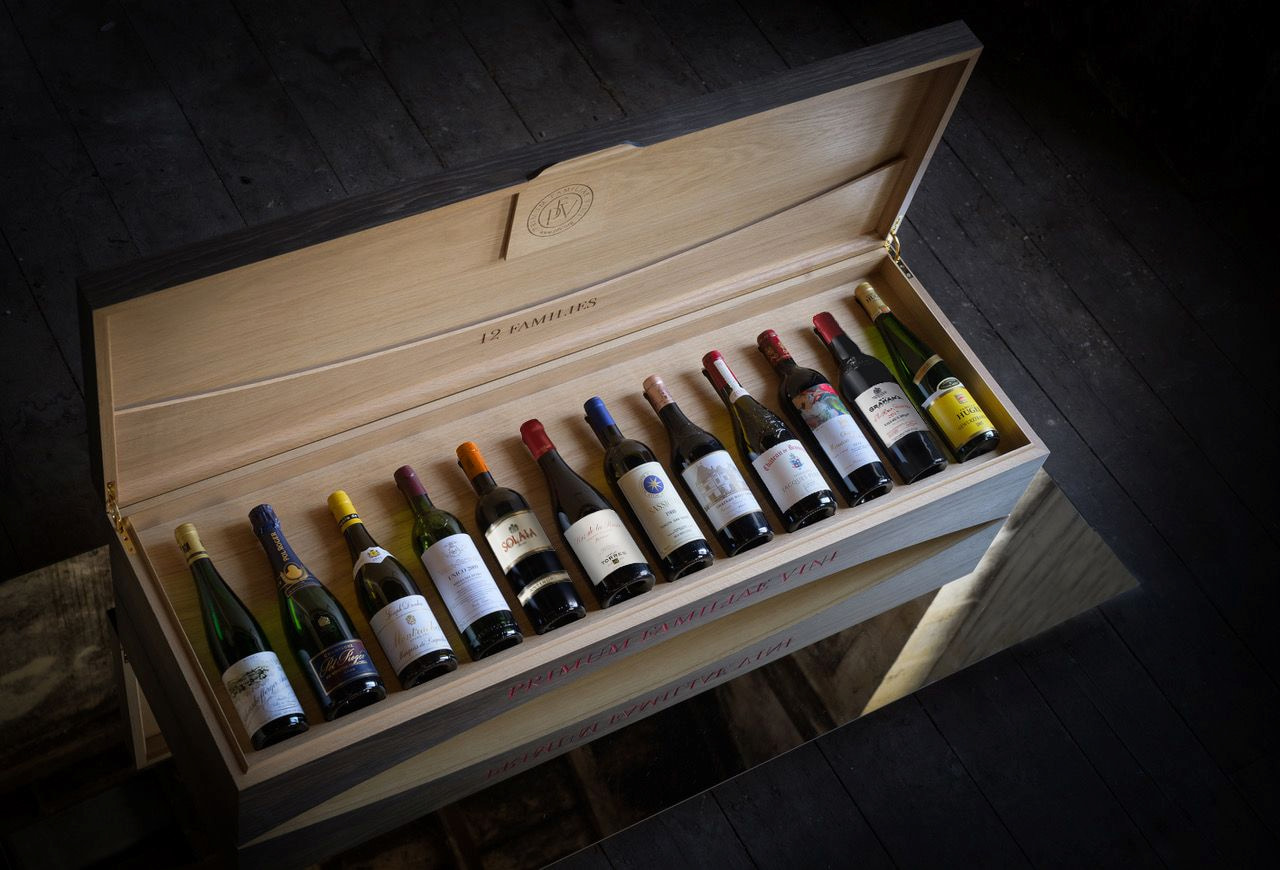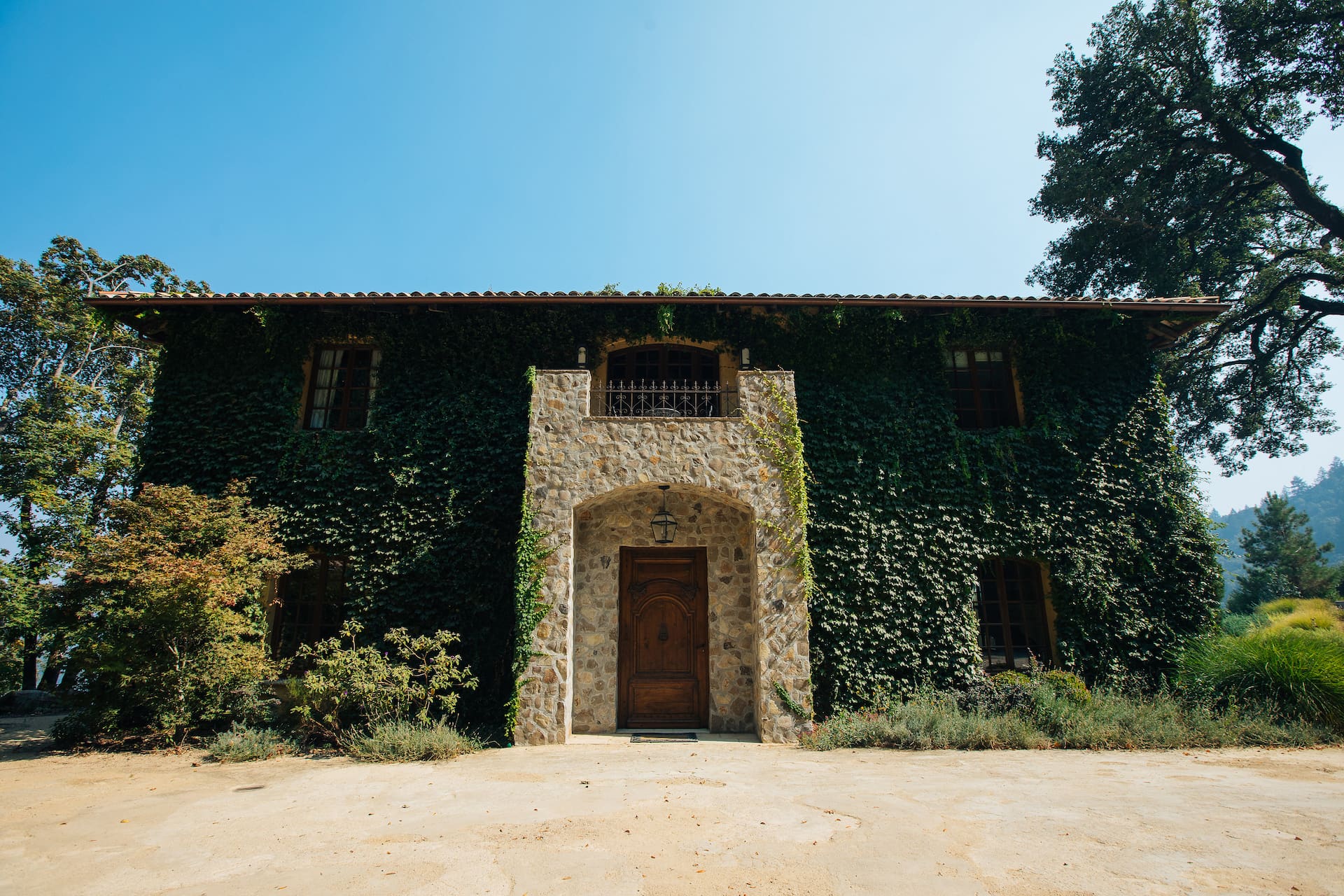Blind tasting can really seem like magic, but it is a skill that anyone can harness. So if you are ready to pour yourself a couple of extra glasses following along as Sommelier Renée Sferrazza decodes blind tasting.

Before We Get Into the Glass
Think of a calm place. A place that makes you feel at ease. You’re not happy or sad, just in perfect equilibrium.
Now that you’re here, let’s do an exercise.
I want you to picture the last time you went to the movies.
You enter the theatre, and you are greeted by a waft of cool fresh air. It’s warm outside, so you happily welcome the airconditioned space. The mood in the theatre is fun, vivacious and quickly makes you smile. You haven’t been to the moves in a while, so you decide to get some popcorn. The counter attendant tells you there is a special on caramel-coated apples, so you get one of those too – it’s your day off, so why not live it up. As you make your way into theatre number 4, you causally walk in behind a woman. She is wearing a citrusy-smelling perfume, but your about to see Mamma Mia!, so the aroma seems fitting. Walking up the theatre steps, you notice that your favourite seat is free, so you take a seat and give yourself an extra moment to settle in. The chair is plush and comfy, and you are surrounded by all the smells of movie theatre confections. As the lights dim and the movie is about to begin, you let yourself fully relax. There is a moment of calmness right before the film starts. Before you are swept into the golden-hued scenes that are about to be displayed on the screen.
This mental journey tells a story with colour, aromas, senses and feelings. Although I walked you through a reasonably mundane memory, every aspect of this story was chosen to bring particular memories to mind. Because while I was describing a trip to the movies, I also described the tasting notes of an oak-aged Chardonnay from Sonoma County, California. Blind tasting a wine might seem like an enigma of a process, but in actuality, it is really about training your brain to recall memories like these.

Decoding Blind Tasting
When I started on the path to becoming a Sommelier, like everyone that meets me now, I was enamoured by the process of watching someone raise a glass to their nose and rattling off a slew of aromas. I was convinced it was a party trick. How could someone just call out these notes with ease? Correctly identifying the grape varietal and listing off exactly where the wine is from down to the vintage!
I can assure you it’s definitely not a trick, and you don’t even have to be a supertaster or someone with a dog-like sense of smell to get the hang of tasting wine. All you need is your memories, patience, and more than a couple of glasses. It is all about practising your technique, tasting more wine, reading more about the world wine regions and creating a mental bank of flavours, textures, and feelings that can be brought forth by how a wine presents itself in the glass. So here is my crash course in decoding blind tasting.

Drinking Academically
First things first, let’s slow down for a sec. Most of the time, when we enjoy a glass of wine, we open up the hatch and down the first sip goes. But this time, we are going to be academically drinking. We will be taking in the way the wine looks, smells and tastes slowly – followed by summing it all up in the end.
Take a Good Look
Start by holding a standard wine glass filled with 3oz of wine at a 45-degree angle at right about table height. Let the light of the room shine through the glass. Take note of the wine’s colour. Is it golden, straw yellow, water-white, ruby, purple, garnet, salmon, or magenta? It doesn’t sound like much to decide what colour the wine is but this a big clue and can already help you narrow down what’s in your glass.
Different grapes create radically different coloured wine, and depending on the winemaking practice, the wine’s colour can also be affected. Ever look at a glass of Pinot Noir, Nebbiolo, or Gamay and wonder why the wine is so lightly coloured? Because all of these grapes have thin skins, those skins are not imparting as much colour into the final wine compared to a Cabernet Sauvignon, Carménère or Shiraz. Why is a Chardonnay aged in oak more golden than one that is not? This is because oak ageing brings oxygen into the wine, which will change the colour to more of a golden hue.
Next, pull up your glass and give it a swirl. We are now looking at the ‘legs’. The legs or tears of wine will not tell you if it is good or bad. However, they will give you clues as to how much alcohol and residual sugar the wine has. The slower the tears fall, and the more defined they are, the more alcohol and residual sugar is present in the wine. A dry Provence Rosé with its low sugar and alcohol level will not show well-defined tears like Amarone.

Swirl and Sniff
Time to take it up a notch and get that nose in the glass. Most of the flavours in wine are actually aromas. We experience the aromas of wine in two ways. Your nose is the first to pick them up, but our retronasal senses get involved too. These smell receptors are activated when we eat or talk after drinking, and they are why the aromas of wine seem to present themselves as flavours.
Now that you are emersed in the world of a Sommelier, you will have to start smelling your wine a bit differently, too. Capitalize on the natural talent your body has, and start smelling your wine with your mouth open! I don’t mean to breathe through your nose and mouth simultaneously. Just leave your mouth slightly agape as your smelling your wine. I know it doesn’t sound like much but trust me, it makes a world of difference. Taking little bunny sniffs at first, followed by larger breaths, start picking up the notes that you are experiencing in the glass.
Leave your mind open to all possibilities and beginning to ask yourself what aromas you are picking up on. Are there floral notes? Fruit notes? Does the wine have sweet or spiced aromas? Are they any earthy characteristics coming from the glass? There are no wrong answers but try to find the best descriptor for what you are experiencing. If an aroma you are picking up on brings you to a memory, like being at the movies, sit in the memory. Hold it in the front of your mind. It will help you define the aromas of a wine even more.

Time to Take That First Sip
By the time we get to this stage, it already should feel like you have experienced much of the wine. This is just the missing piece, and you will need every tastebud ready to get involved. As you might have guessed by now, you’re also about to start drinking differently, too. When you take your sip of wine, be sure to make it coat every inch of your mouth before you swallow. Give your wine a ‘chew’ and hold it on your tongue. Leave yourself the opportunity the fully experience what is going on in the glass and on palate.
After you swallow, the first thing to do is to compare the from the nose to the palate. Are the aromas you experienced the same as the flavours you are now experiencing on the palate? How are they different? Or how are they the same?
Tasting wine is also when we, at last, get to experience its structure; how the wine’s tannin, acidity, body, alcohol and sweetness shape the drink. These are the components of a wine that can show more of the grape and where it was made. Each grape varietal had a unique structure; Rieslings have a razor edge acidity, Malbecs have ripe plush tannins, and Gewürztraminers can have an almost oil-like texture.
Start with acidity. Note how much you are salivating. The more your mouth is watering, the higher the wine’s acidity is. If you are drinking a red, rosé, orange or oak-aged white wine, define the tannins levels of the wine. You will experience them by how dry your mouth physically feels. Body is next. This aspect describes how the wine feels on the palate. It is round, big, lean, mineral textured or sharp? Alcohol can make a wine present bolder, so the higher the alcohol, the fuller a wine will feel and the warmer you feel after every sip. Last is sweetness, well, more so residual sugar. If a wine has a candy-like sweetness after you swallow, it might be an off-dry production. Sweetness in wine usually goes hand in hand with acidity and may be hard to pick out at first.

Glass by Glass, Region by Region
It is easy to lost in the world of wine, I have, and it has been ten years and going strong. More than just tasting wine, if you want to graduate into learning how climate, region and winemaking change affect the colours, aromas and flavours you experience in the glass, there is a trick to get your head around the thought process. By tasting more ‘world traveller’ grape varietals, you can really see how much a change of place can be reflected in every sip.
Pick up white wines made from solely Chardonnay, Riesling, Pinot Gris/Grigio, Sauvignon Blanc and Chenin Blanc from as many different places as you can find. Do the same for red wine made from 100% Cabernet Sauvignon, Pinot Noir, Cabernet Franc, Malbec, Syrah and Merlot. Compare how the wines might be similar of different just from a change place. It also never hurts to pick up a book or two if this has become your new favourite obsession – just keep on tasting.
Renée has dedicated her life to grapes. As a Court of the Master Sommeliers Certified Sommelier, she has made wine her life’s work, and her entrepreneurial spirit has driven her to be a curator of wine experiences. In her work as a Wine Communicator, Curator of Virtual Experiences, Brand Consultant, Educator and Wine Writer Renée brings to life her love of wine in a way that is contagious. She has a flair for making wine fun and understandable, sharing her passion for the vine.

